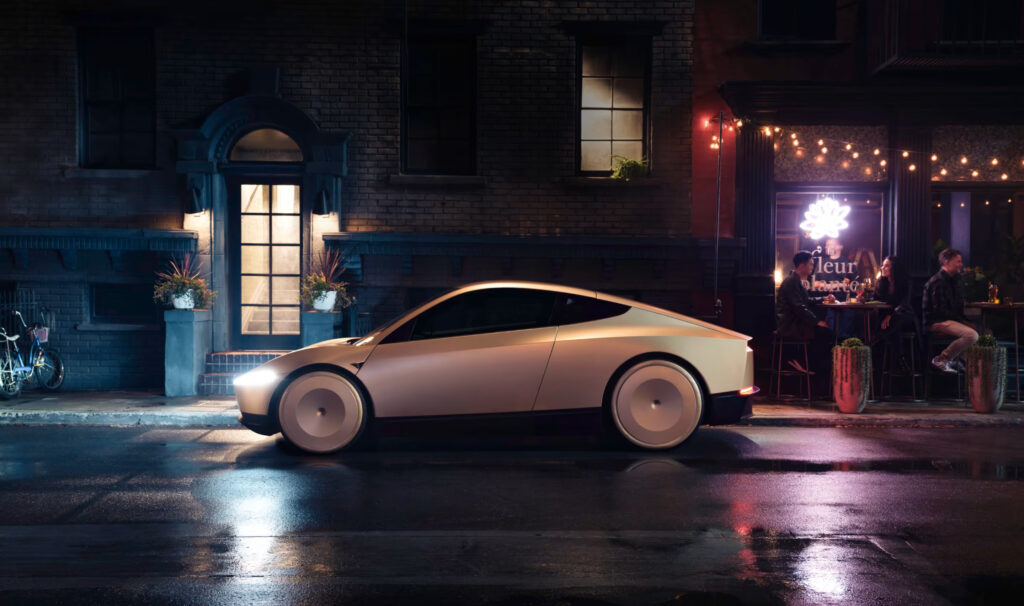
Elon Musk has never been one to shy away from big promises, and his latest unveiling didn’t disappoint in the spectacle department. In true Musk fashion, the long-awaited “We, Robot” event from Tesla (TSLA) was held at none other than the Warner Bros. movie studio, with electronic dance beats pumping and flashy lights highlighting Tesla’s futuristic “Robotaxi” prototype.
But behind the slick production and dancing robots, investors and analysts were left asking a crucial question: Can Musk actually deliver this time?
The Robotaxi: Tesla’s Autonomous Vision on Wheels
The star of the show was Tesla’s Robotaxi, a sleek, two-door electric vehicle with no steering wheel or pedals—a design that screams “future.” Musk claims this futuristic Robotaxi will hit the market by 2026, at a price point of less than $30,000. Ambitious, no doubt, but not without skepticism.
Investors, it seems, aren’t buying into the hype just yet. Tesla’s stock dropped nearly 8% following the announcement, signaling some doubts about whether these ambitious targets are even remotely realistic.
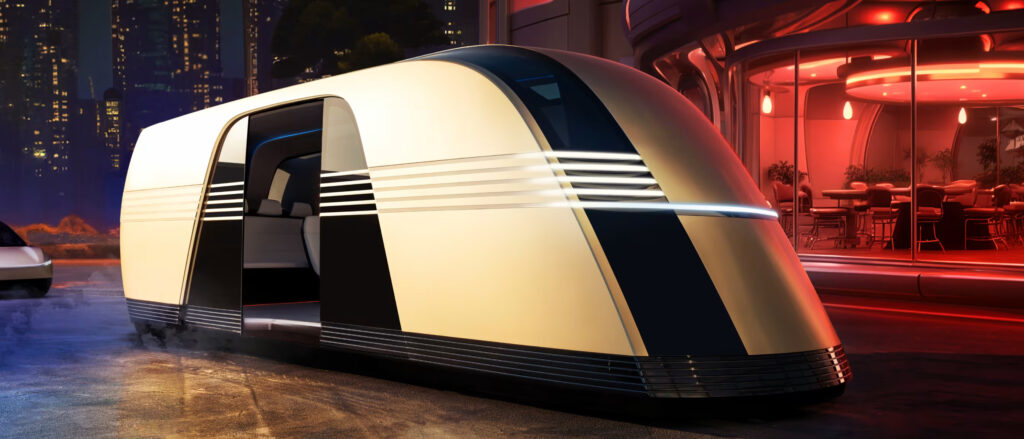
Musk also teased a self-driving “Robovan” capable of transporting 20 people around town, which he boldly claimed could help reshape cities by turning parking lots into parks. A fascinating vision, but again, without much in the way of practical details.
Bold Tech, But Where’s the Substance?
Tesla’s Robotaxi is being pitched as a game-changer in autonomous driving. The vehicle will rely on AI and camera-based systems to navigate the roads—completely removing the need for LiDAR, a feature that Tesla’s competitors have heavily invested in for safety reasons.
According to Musk, these vehicles will cost as little as 20 cents per mile to operate, compared to $1 per mile for city buses. He’s selling a future where Robotaxis save time and money, allowing riders to sit back, relax, and—why not?—read a book or watch a movie during their commute.
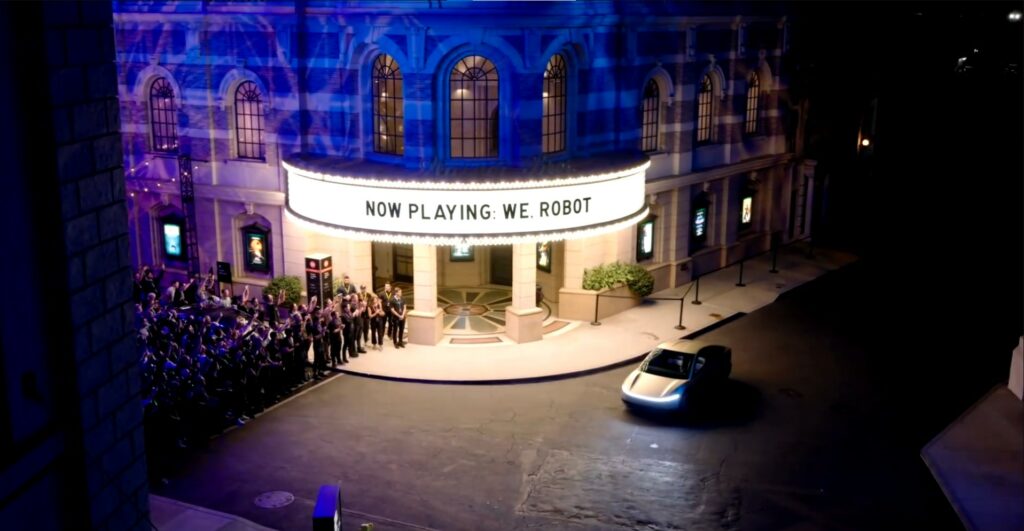
But, and it’s a big but, Tesla’s rivals are miles ahead in real-world testing. Companies like Waymo have been operating driverless vehicles for years, racking up millions of miles. Tesla, by comparison, still faces significant hurdles, including regulatory approval and proving the safety of its Full Self-Driving (FSD) technology.
Critics argue that Musk’s software is years behind, and the AI powering the system remains problematic in unpredictable environments like inclement weather or complex intersections.
Investors Want EVs, Not Just Dreams
While Musk spent much of his presentation focused on the shiny future of autonomous vehicles and humanoid robots, some investors were left scratching their heads. Where are the affordable, mass-market electric vehicles that Tesla needs to keep selling today?
Ross Gerber, a Tesla shareholder, expressed this sentiment perfectly: “For the next 24 months, Tesla has to sell EVs. Why aren’t we focused on that?”
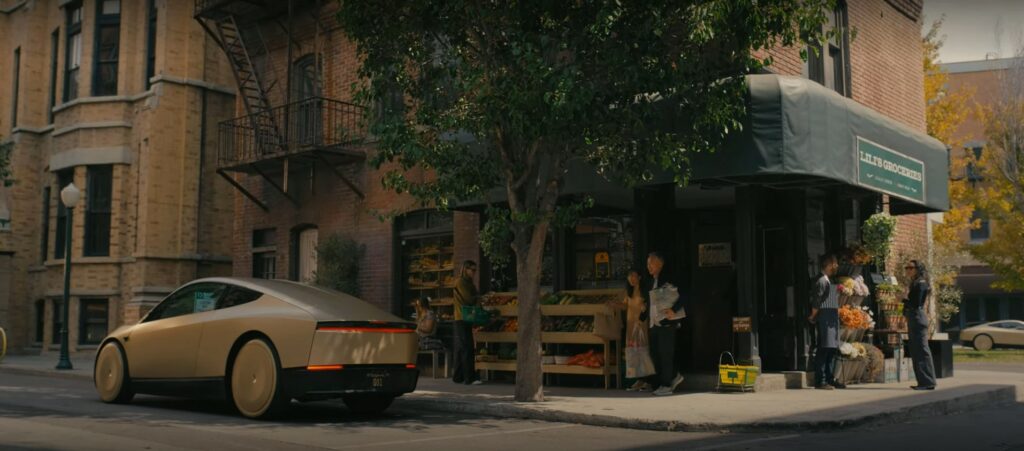
There’s no denying the excitement around Tesla’s AI-driven future, but in the short term, the company still needs to sell cars to keep the lights on. The Robotaxi might revolutionize transportation one day, but in the meantime, Tesla is facing stiffer competition from companies offering lower-priced EVs and hybrids.
The Robotaxi Dilemma
Tesla’s ambitions to launch a fleet of Robotaxis by 2026—vehicles that will drive themselves without any human supervision—are bold, but they’re also facing regulatory hurdles that make the timeline seem wildly optimistic.
Musk didn’t provide any updates on the app that’s supposed to connect passengers with these Robotaxis, a crucial piece of the puzzle that was conspicuously absent from the presentation.
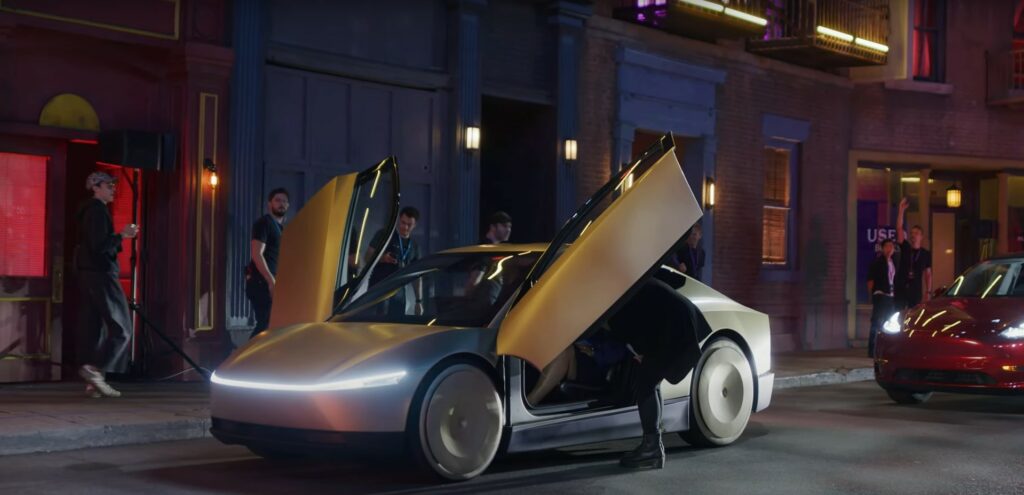
Musk has a track record of making lofty promises about autonomous vehicles that don’t materialize within the promised timeframe. Back in 2019, he confidently claimed Tesla would have fully autonomous cars on the road by 2020.
Fast forward to 2024, and we’re still waiting. So while the Robotaxi sounds revolutionary, many are left wondering if this is just another case of Musk overpromising and underdelivering.
The Robots Are Coming (Eventually)
As if autonomous cars weren’t enough, Musk also showcased Tesla’s dancing humanoid robots, which mixed drinks at the event. These “Optimus” robots are expected to cost between $20,000 and $30,000 and can reportedly perform everyday tasks like babysitting, mowing the lawn, and fetching groceries.

It’s yet another futuristic promise, with Musk declaring, “I think this will be the biggest product ever, of any kind.” But like the Robotaxi, it’s hard to ignore the fact that we’ve seen many such predictions before, with few tangible results.
Charge Complete
While Tesla’s Robotaxi and Robovan look exciting on paper, the path to making these products a reality is fraught with challenges. Investors are eager for details on how Tesla will monetize these ambitious ventures, but they’re also concerned about the here and now. Tesla still needs to sell cars, and as competition grows fiercer, focusing solely on future tech might leave them vulnerable.
As for the Robotaxi revolution Musk is promising? That’s still several years (and likely regulatory battles) away. So, while Musk’s vision is thrilling, the question remains: Can Tesla make it happen before the market moves on?


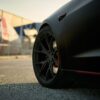
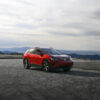

Yes, many currently have self driving cars, but in ultra enriched and mapped areas. They are all limited to very small areas and cannot travel outside. The goal of Musk is to have his car drive anywhere, even areas with minimal maping. It will take a bit longer to be autonomous where there are no roads, something other will not be able to do for a very long time, if ever. The thing you have to ask is can he do it, not if he meets the deadline. The stock market is a place filled with (F)ear, (U)ncertainty and (D)oubt, FUD. Sure, I could have made more money, or sucked money out of other investors buying and selling this stock over the years, but it is akin to stealing from true investors in my mind. This is the very reason SpaceX is not a public company, to keep the leaches and non believers out.
Go Elon!
“… problematic in unpredictable environments like inclement weather or complex intersections…” What, like *human* drivers crash all the time at, you mean? These 2 ‘problems’ must be directly related to ~40% of existing fatal road collision situations. On top of that *no-one* is talking about the very obvious (to me, anyway) and extremely simple to implement notion of *all* vehicles being able to not only talk to each other and therefore know within a few feet where they all are as well as where they want to go but also to receive input from an over-arching control system similar to an automated air traffic control which would nigh-on eliminate *any* potential vehicle-to-vehicle conflict. This would also permit information on road related information to be disseminated instantly eg weather updates and road hazards such as broken down vehicles and serious potholes. It’s only the fact that us flakey humans are ‘in control’ that causes 90% of collisions!